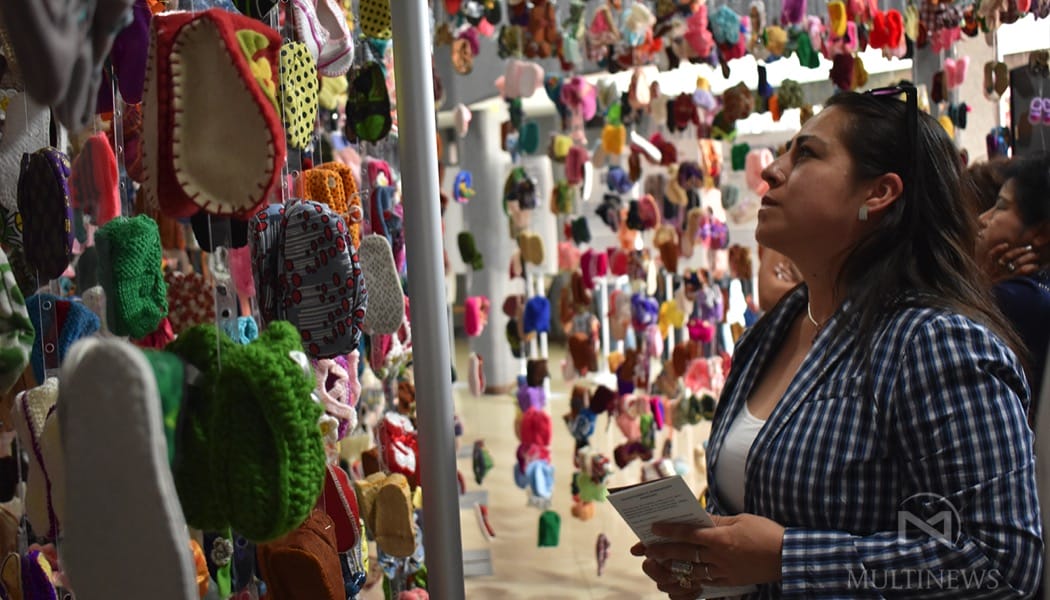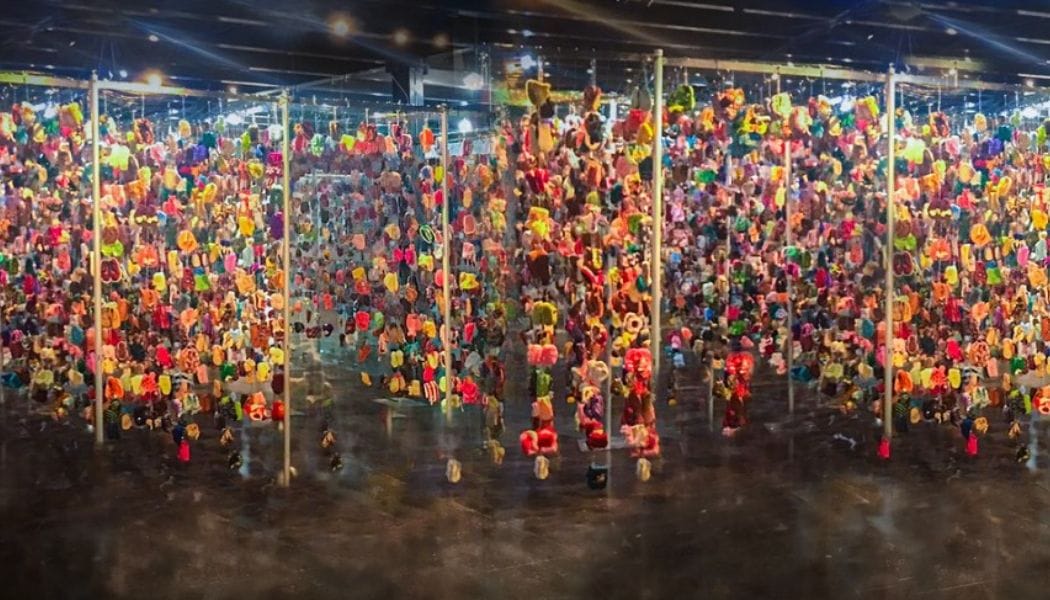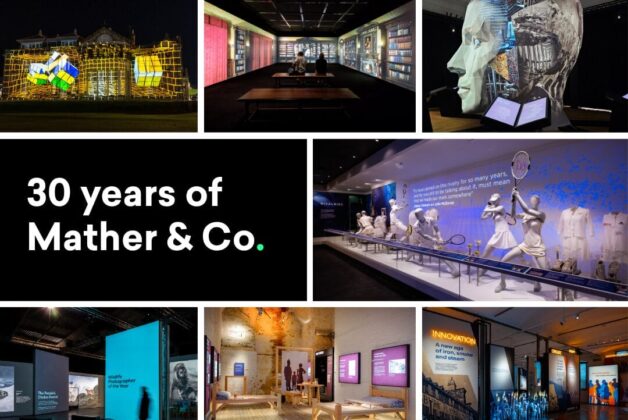Charity founder Beverly Hill explains how its touring exhibition has dealt with venue rejections, despite strong initial interest from cultural institutions across Europe.
The delicate balance between artistic impact and institutional sustainability leaves many venues caught between their mission to provoke meaningful dialogue and the practical realities of running a cultural space that can guarantee footfall.
“It’s noble, it’s worthy, it’s a great cause,” begins Beverly Hill, reciting the familiar prelude to rejection she’s heard from museums across continents in response to her charity’s touring exhibit.
Hill founded The Gendercide Awareness Project, or ‘Gendap’ for short, as a non-profit based in Dallas, Texas in 2011.
The organisation began with a traveling art exhibit calling attention to 143 million women and girls, who, according to the United Nations Population Fund (UNFPA), are demographically “missing” due to gender discrimination and harmful practices.
The Gendercide Awareness Project fairly paid women from 30 different nations to make baby shoes, or ‘booties’, using their own techniques and materials. The resulting exhibition is a colourful display of 14,300 pairs of handcrafted booties, each representing 10,000 of the women and girls within the harrowing statistic.
The exhibit premiered in 2017, and has since travelled to venues in Texas, Toronto, and Mexico.
Now, it is hoped the exhibit can find venues in Europe, in cities such as Amsterdam, London, Milan, Rome, Paris, and Madrid.
But as Hill describes it, venues show an overwhelming initial interest, often describing the exhibit as worthy, noble or a great cause.
“And then the official email arrives: ‘We’re not doing temporary exhibits right now,’ or ‘We did something about women a year and a half ago.'”
Hill said she recognised the tension that venues face in hosting difficult topics such as gendercide, particularly when financial success has to be prioritised over raising awareness.
She told Advisor, “There’s a real wariness among curators and museum directors to host anything that makes people feel uncomfortable.
“’It’s too challenging’; we’ve been hearing that a lot.”
Hill said the organisation is asked to “soften it or lighten it up, even though we do talk a lot about solutions. It’s something people don’t want to hear right now…”
“We’ve been working through women’s groups, because we need a domestic NGO to invite and host us,” she said.

“The NGO’s didn’t have the bandwidth for it; they don’t have employee time to help us find venues and promote it “.
Hill describes the term ‘gendercide’ as the death of women brought about by inequality between the sexes, in its many forms.
She said people often assume gendercide means intimate partner violence, honour killings, or ‘dowry deaths’ in which married women are murdered or driven to suicide over disputes about dowry. But combined, those deaths make up just 3% of the total, Hill claimed. Institutionalized discrimination accounts for the vast remainder.
“Other people think it’s all kidnapping and trafficking, but again, that’s a tiny percentage of the total loss.
“Gendercide results from extremely discriminatory practices embedded in society through culture and law, and from failure to enforce women’s rights and physical safety.”
These factors include gender-selective abortion, neglect of unwanted girls, preventable maternal death, and gender discrimination, which results in poverty and unequal access to food, shelter and medical care.
“This is less easy to visualise than a killing,” Hill said, “and you can’t film it or photograph it. The way demographers get the information is through statistics”, she explains, “and we present those statistics in physical objects.
“Even today, 14 years later, nobody has any idea about this [concept], and we’re still trying to raise awareness.”
The charity’s exhibit runs alongside its work raising funds to educate vulnerable girls, partnering with organisations in low-income countries for education sponsorship. In the week of speaking to Advisor, the charity said 55 girls graduated as a result of its activities.
UK exhibition designs Metaphor have been working with Gendap to bring the exhibition over to the UK.
Katrina Dickinson, Managing Director of Metaphor, said: “Over the past year, we’ve been working with Gendap to explore ways to bring this powerful and thought-provoking exhibition to the UK. With violence against women and girls making headlines almost daily, we believe this exhibition is essential in highlighting the devastating consequences of inaction. We strongly hope to see it brought into cultural spaces, where it can engage diverse audiences and drive meaningful reform.”
The touring exhibition
The touring exhibit entails a supporting framework and more than fourteen thousand pairs of booties shipped on pallets. A mixture of venue employees and volunteers help to reconstruct it in different countries. It is labour intensive, Hill said.
Also displayed are photographs of some of the women who created the booties.
“These women are otherwise invisible, they’re not in the news. This makes them visible. It is a globally created, exceptionally beautiful exhibit.”
Hill said she has considered alterations to the touring exhibit, which might make it both more palatable and easy to transport, at the expense of impact, because it can be labour-intensive to put up and take down.
“We looked into using digital projection light-mapping, but the cost and the constraints make it unrealistic… and it’s site-specific. We’re looking into holography or an LED wall. The message [of the exhibition] is the same, but perhaps these would be better received, we don’t know.”
“You can read the statistic – 143 million women and girls are demographically missing – and you will forget that number in two weeks – and forget the issue, too. But you see this exhibit, and it makes a powerful, unforgettable impression.”
More about the charity and the touring exhibition can be found at the website gendap.org, and those interested in potential partnership can contact Hill directly at [email protected].





